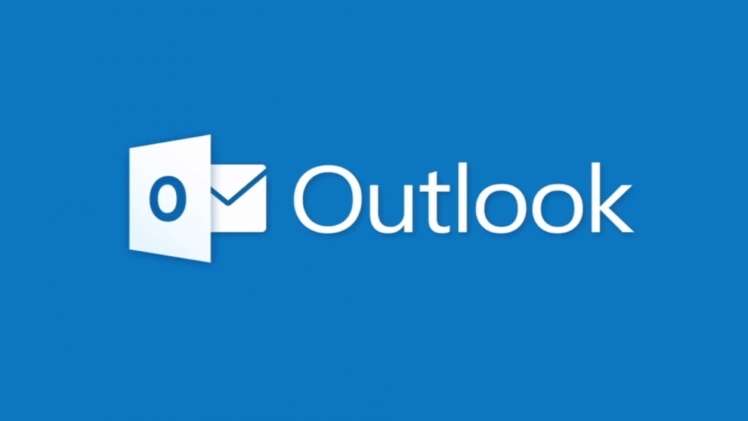 Posted On
Posted On
The Edibles: Cannabis For Appetite And Everything In Between
 Posted On
Posted On
The Munchies, a phenomenon dubbed for many years as “the edibles” is one that has permeated throughout our culture such a lot that even people that haven’t experienced the method have a minimum of knowledge of it. But what causes these hunger-inducing effects after a real toke?
Appetite is among the foremost common and well-known side effects of consuming cannabis. This is why a lot of people who want to gain weight tend to buy sour diesel autoflower weed seeds and grow it at home for their supply of edible cannabis.
We will explain what causes we to be ready and able to run through a full package of cookies in one sitting; there are a couple of fundamental things that are important to know. First off, it’s essential to understand what a cannabinoid is and how they play a severe part in our body’s functioning.
Table of Contents
What Are Cannabinoids?
Cannabinoids are various chemical compounds found within the physical body to supply two-way communication between specific receptors within the endocannabinoid system (ECS). The ECS regulates processes in our body like energy intake, nutrient transport, and metabolism storage. To understand how cannabis comes into play, we want to understand how this ECS.
There are three essential parts to the system:
- The receptors that recognize the presence of those cannabinoids.
- Two enzymes help to synthesize and degrade them (fatty acid amide hydrolase and monoacylglycerol lipase)
There are three sorts of cannabinoids known to scientists today:
- Endocannabinoids (found within the human body)
- Phytocannabinoids (found within the cannabis plant)
- Artificial cannabinoids (created during a lab)
THC And CBD
The most famous cannabinoid of all of them may be a phytocannabinoid named tetrahydrocannabinol, or THC, the first psychoactive ingredient in cannabis. Cannabidiol (CBD), another phytocannabinoid, runs an in-depth second place.
Considering that there are already endocannabinoids being produced naturally within the body that are designed to supply this two-way communication between cannabinoid receptors, which phytocannabinoids bind to an equivalent receptor as endocannabinoids, the addition of high-THC and CBD from marijuana can work to assist normalize the body’s systems when there’s a deficiency of cannabinoids.
The endogenous cannabinoid system acts as a modulator in fine-tuning tons of those systems. Supplementing an impaired ECS with plant cannabinoids will bring it back to optimum function, thus improving any associated conditions.
How Your ECS Controls Appetite
There are two sorts of cannabinoid receptors, CB1 and CB2, and they are found within the body in locations like the brain, intestines, and therefore the system.
When an endocannabinoid stimulates a cannabinoid receptor, various physiological functions in multiple body systems are activated, including memory, pain sensation, mood, and most pertinent to the present article, appetite.
A lack of endocannabinoids during a person’s body could lead to eating disorders.
ECS activity within the central systema nervosum regulates food intake. This is often because whenever we’re hungry, our ECS sends signals to our hypothalamus (a structure in our brain that helps to manage appetite), which lets our visceral brain (an area that controls emotion) know that it’s close to go down.
Endocannabinoids work to hamper the method of gastrointestinal emptying and transit and appear to stimulate the secretion of ghrelin, a hormone that increases appetite and food intake. After eating, our brain is shipped with satiety signals (by way of the hormone leptin) from our intestine, which reduces activity in our ECS and lets our body know we’ve had enough to eat.
How Is That This Information Useful?
Anyone who has experienced “the edibles” knows of its power to cause a strong urge to eat absolutely everything in view. Since we now know that endocannabinoids modulate hunger & appetite, is it logical to assume that a scarcity of endocannabinoids during a person’s body could lead to eating disorders?
Studies conducted on those afflicted by eating disorders have revealed potential dysfunction within the endocannabinoid system in these individuals; in some cases, a deficiency in endocannabinoid levels and reduced cannabinoid results in receptor activity in the brain, and other cases as a result of a rise in endocannabinoids.
Due partially to the very fact that eating disorders are psychiatric conditions (rather than merely a result of appetite dysregulation) and to the very fact that the impact of endocannabinoid system functioning in individuals with eating disorders isn’t fully understood, it’s unclear whether or not cannabinoid therapies would be useful in their treatment.
Side Notes
There’s a bent to discount claims when something appears to be suitable for everything, but there’s a reason this is often the case.
Cannabinoid therapies can also be useful for patients undergoing treatments that cause them to lose their appetite; chemotherapy treatment for cancer is infamous for this side effect. Additionally, patients with HIV/AIDS are also put in danger of a decreasing appetite and associated cachexia or wasting syndrome. Increased research on the utility of cannabinoid therapies within the treatment of those symptoms and diseases is ongoing.












